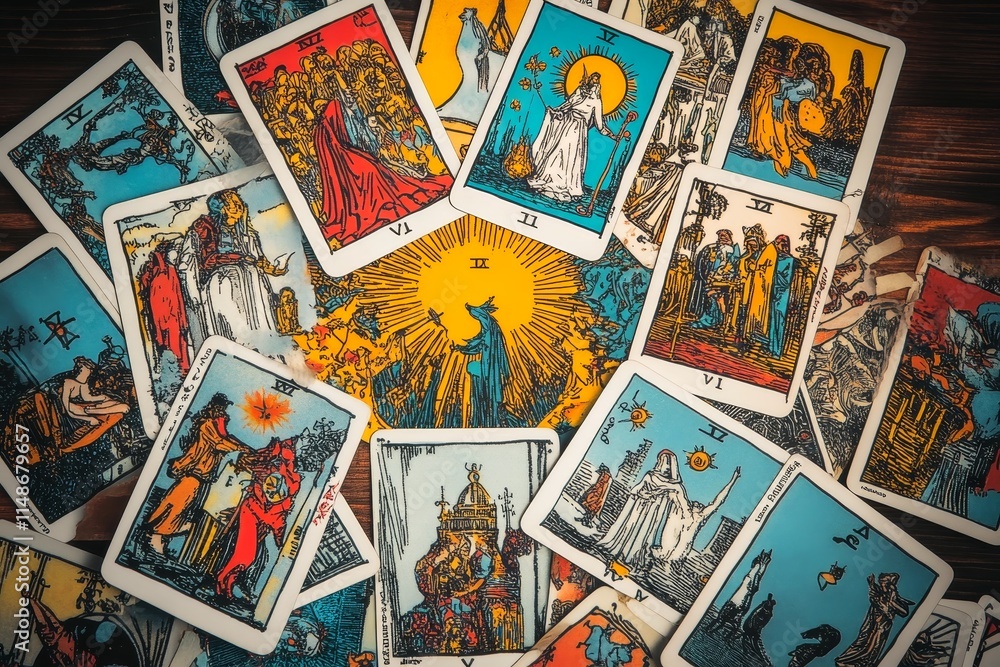
- Choose a deck: Select a tarot deck that resonates with you visually, with the Rider-Waite deck being a popular choice for beginners due to its widely recognized imagery.
- Learn the card meanings: Study the symbolism and interpretations of each card in the deck, including both the Major Arcana (representing major life events) and Minor Arcana (representing smaller situations).
- Prepare for a reading:
- Ask a question: Clearly formulate a question you want the cards to answer.
- Shuffle the deck: Shuffle thoroughly while focusing on your question.
- Choose a spread: Select a tarot spread based on your question, which defines the number of cards drawn and their positions, such as the “Three Card Spread” (past, present, future) or the “Celtic Cross” (more complex).
- Interpret the cards:
- Analyze individual cards: Consider the meaning of each card drawn based on its imagery and traditional interpretation.
- Consider card positions: Interpret how the meaning of each card changes depending on its position in the spread.
- Look for connections and patterns: Analyze how the cards relate to each other, paying attention to recurring themes or symbolism.
- Provide a reading: Based on your interpretation, offer a response to the question asked, ensuring to be mindful of the querent’s emotions and providing guidance rather than definitive answers.
- Important points to remember:
- Intuition is key: Trust your gut feeling when interpreting the cards.
- Practice regularly: The more you read tarot, the better you will become at understanding the nuances of the cards.
- Ethical considerations: Approach tarot readings with respect and responsibility, avoiding making definitive predictions about the future.
